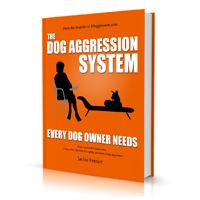Your cart is currently empty!
Why do dogs pull on a leash?
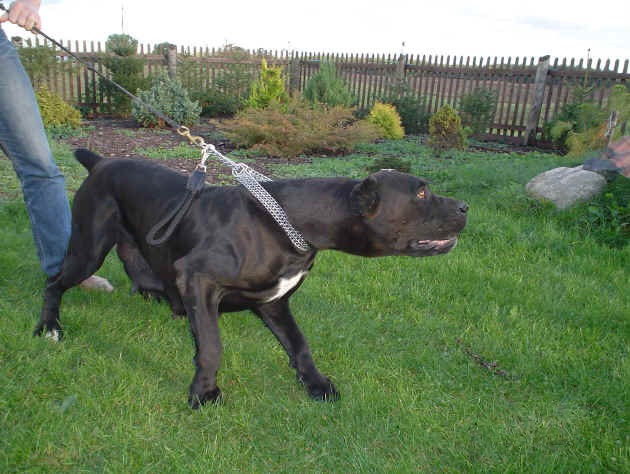
I had a dog that would pull to get to the next telephone pole, and then anchor (refuse to budge) once she got there until she was done. Then as soon as she was done she would practically spring to the next pole. And then she would anchor. So much for going for a nice walk! It was a series of standing around and being yanked a few meters at a time (until I got better at figuring out how to deal with it). Frustrating. But let’s examine some of the reasons why dog dogs pull on a leash.
Our dog’s preferred gait is faster than ours.
I couldn’t find much research that indicated gait preference in dog or between breeds. However research on jackals gait choice in the dessert indicated that trotting was the most frequently used gait in all areas, followed by the walk and two types of gallop.
Our dog is young
Young kids run all the time. Adults less so. Dogs are pretty much the same. Not only do young animals have energy to spend, but they are hardwired to do so because it develops the skills needed for survival.
Time is of the essence
A dog that doesn’t get enough of something (according to him or her) is going to be a dog who will want it more and is more likely to race to it. This is to ensure it won’t disappear or get claimed by someone else. This is just common sense on the wild. Dogs are scavengers. When you want food, you better go get it before someone else does.
Our dogs might be naturally intense, reactive or anxious
Like people, some dogs react more strongly to stimuli whether positive or negative than others. This can have an effect on pulling.
Stimulating things can be sounds, smells, social experience and movement. A more intense dog will get more excited, or wound up. This means that a dog who wants to sniff the next telephone pole or try to get back home will react more intensely so when their are other stimulating things in the environment. It can be challenging to teach a dog like this not to pull.
You may have to do more work in teaching calming strategies, as well as desentizing your dog to different conditions.
It feels good to exercise
Dogs do not always mind pulling. Sometimes that extra effort just feels good!
There is something that is demanding their attention
Sometimes a dog picks up a scent of something and intensely wants to investigate it. If you have a habit of pulling them back, they learn to pull as hard as they can in hopes they will at least get to it before you reign them in. A way to get around this is to allow them much more time to just sniff what they want. We have a tendency to think a walk is all about exercise. We try to squeeze in that half hour walk before work and find ourselves rushing through it. But that small amount of time outside might be the most interesting thing they get to do all day. Digs experience the world largely through their noses and get a great deal of information. Allow them to sniff!
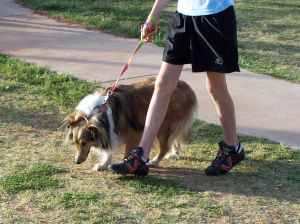
They like to get ahead
Some dogs like to be ahead. The faster you go, the faster they go. But the idea that dogs do this because they are dominant and want to lead the walk is ridiculous.
Studies with free-ranging or feral dogs demonstrated that leadership (as defined by those that initiated action) did not concentrate on a single individual within a pack. Some were likely to leas more often. So they may be like us: some are more prone to initiate action.
My dog pulled like a torpedo on a leash. But if you watched her off-leash in the woods she also bolted from thing to thing. However if I ever changed my direction she followed me. When she was with other dogs she was more concerned about getting to the thing then she was whether she was ahead or behind.
So why else do some dogs might want to move ahead? One might be access to those things that seeing you moving with them may cause some excitement. Or they may want more space. Or you might be interferring with their abilities to sense what is going on in the environment. Being beside or behind you limits their view. This may be a concern with high strung dogs.
Training your dog to walk on a leash
If your dog pulls, you might be interested in this article: How to Train a Dog to Walk on a Leash. You will find a handy info-graphic with step-by-step instructions as well as a how-to video to help you. When we have struggled in the past with a pulling dog, we might be worried that leash training seems to take more patience than we think we might have. If so, you might also be interested in 5 reasons why leash training is so important to give you reasons that could help encourage you.
ADVERTISEMENT
The Dog Aggression System Every Dog Owner Needs E-book
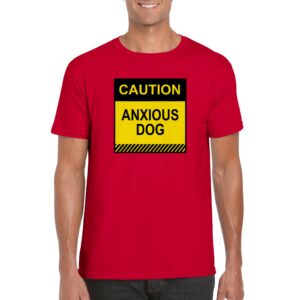
Anxious Dog Shirts only available in our shop
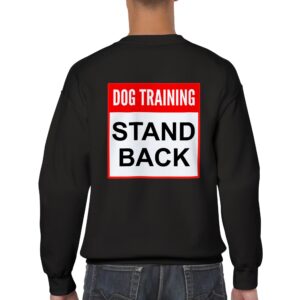
Keep people away with our Stand back shirts
ADVERTISEMENT
ADVERTISEMENT
Tags:

